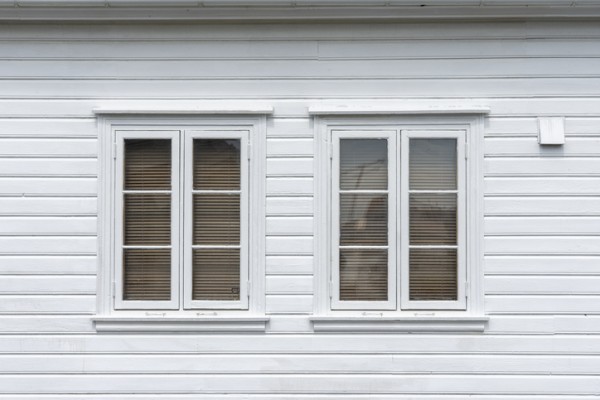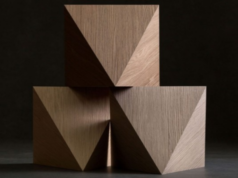
Timber windows have long been a favourite for Australian homeowners, thanks to their natural aesthetic, insulation benefits and architectural versatility. Whether you’re restoring a heritage home or adding warmth to a modern build, timber remains a premium window framing option, with plenty of contemporary improvements that make it more durable, energy-efficient and environmentally sustainable than ever.
Why choose timber?
The main appeal of timber windows lies in their appearance. Natural grain, warmth and texture are hard to replicate in other materials, making timber an ideal choice for design-conscious renovators. But modern timber windows offer more than just looks. Advancements in engineered timber, glazing technology, and weatherproofing mean these windows now compete with—or even outperform—other framing materials in terms of energy efficiency and longevity.
Natural insulation
Timber is a poor conductor of heat, which means it offers excellent natural insulation. When paired with double or triple glazing, timber frames can help reduce heating and cooling loads year-round. U-values as low as 1.2–1.5 W/m²K are now achievable, making them suitable for both cold climates and hot Australian summers.
Acoustic benefits
Timber also provides good acoustic insulation, especially when used with insulated glazing units (IGUs). This can make a noticeable difference in homes located near busy roads or in high-density areas.
Sustainability and environmental impact
When sourced from responsibly managed forests or plantations, timber is a renewable and low-carbon material. It continues to store carbon throughout its life and can be refinished or repaired rather than replaced, helping to reduce waste over the long term.
Things to consider
While timber windows offer strong benefits, they do come with a few key considerations that renovators should be aware of.
Maintenance
Timber windows do require more maintenance than aluminium or uPVC alternatives. Expect to repaint or reseal every few years, depending on your home’s exposure to sun and moisture. Modern engineered timbers are far more stable and resistant to warping and swelling than solid wood, but some upkeep is still essential to prevent weather damage and maintain performance.
Cost
Timber is typically more expensive upfront than other framing materials. However, the combination of aesthetic value, thermal performance and long service life can make it a worthwhile investment—especially in homes where visual appeal and character are priorities.
Bushfire zones
Standard timber windows are not suitable for high bushfire-risk areas unless specifically rated. In AS 3959, which governs construction in bushfire-prone zones, untreated timber is generally not permitted in BAL-29 and above. Always check with your supplier and builder to ensure compliance.
Timber styles and options
Timber can be crafted into a wide variety of window styles, from traditional double-hung sash windows to flush casement or fixed-pane designs. Popular timbers include Western Red Cedar, Meranti and Accoya, all of which offer varying levels of durability, grain and colour tone.
Newer designs tend to focus on slimmer profiles and clean lines, with an emphasis on maximising glass areas and natural light. These modern timber styles blend beautifully with contemporary architecture, offering a warmer, more natural alternative to steel or aluminium.
Installation and long-term care
Proper installation is key to long-lasting timber performance. Frames should be sealed, flashed and finished correctly to prevent water ingress, with breathable paint or stains used to allow the timber to expand and contract naturally.
Once installed, regular maintenance involves:
- Cleaning frames to remove dust and debris
- Reapplying paint, stain or sealant every few years
- Checking for moisture damage or cracking
- Ensuring hardware is lubricated and functioning smoothly
Choosing a reputable supplier who offers pre-primed or factory-finished frames can significantly reduce the amount of work needed post-installation.
Final word
Timber windows continue to offer unmatched beauty, flexibility and sustainability for Australian homeowners. While they demand more maintenance than low-care alternatives, their performance has improved dramatically in recent years. For those willing to commit to upkeep and craftsmanship, timber remains one of the best framing choices available, especially when style and comfort are non-negotiable.





